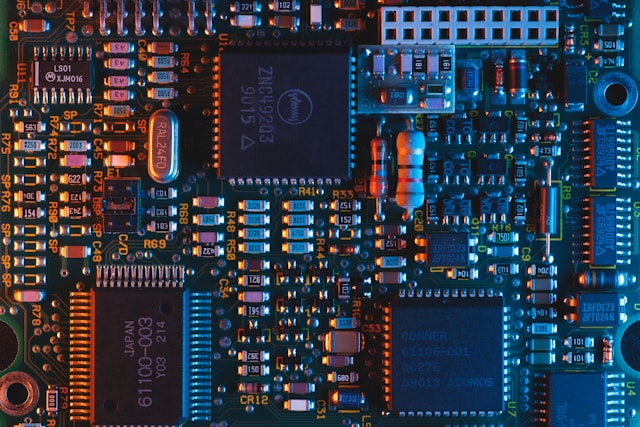- Change theme
How Distribution Boxes Support Building Safety and Code Compliance

In any electrical installation, ensuring safety and adherence to regulatory codes is paramount.
08:30 12 August 2025
In any electrical installation, ensuring safety and adherence to regulatory codes is paramount. One of the foundational components that contribute to these goals is the distribution box. These essential devices not only organize and distribute electrical power but also play a crucial role in protecting buildings and occupants from electrical hazards.
This article explores how Distribution Boxes support building safety and help achieve compliance with electrical codes and standards, highlighting their importance in modern electrical systems.
The Role of Distribution Boxes in Electrical Safety
Distribution boxes serve as the central point where electrical power is divided into subsidiary circuits. They house circuit breakers, fuses, and other protective devices that prevent overloads, short circuits, and electrical faults from causing damage or danger.
Key Safety Functions:
- Circuit Protection: Circuit breakers and fuses inside the distribution box interrupt power flow in case of an overload or fault, preventing overheating and potential fires.
- Isolation: Distribution boxes allow specific circuits to be isolated for maintenance or emergencies without disrupting the entire power supply.
- Fault Detection: Advanced boxes can detect faults like ground faults and leakage currents, reducing shock risks.
- Containment: The enclosure physically protects live electrical components, reducing accidental contact risks.
By performing these functions, distribution boxes form a critical layer of defense in electrical safety systems.
Ensuring Compliance with Electrical Codes and Standards
Electrical codes and standards exist worldwide to set minimum safety requirements for electrical installations. Using the right distribution boxes and installing them correctly helps building owners, contractors, and engineers comply with these regulations.
Relevant Codes and Standards Include:
- National Electrical Code (NEC): Widely adopted in the United States, it mandates requirements for circuit protection, wiring methods, and enclosure ratings.
- IEC 61439: An international standard defining requirements for low-voltage switchgear and controlgear assemblies, including distribution boxes.
- IP and NEMA Ratings: Specify protection levels of enclosures against dust, water, and other environmental factors.
- Local Building Codes: Additional regional or national requirements often supplement international standards.
Using distribution boxes that meet or exceed these standards ensures safer electrical installations and smoother regulatory inspections.
Important Features for Safety and Compliance
Proper Enclosure Rating
Selecting a distribution box with an appropriate IP (Ingress Protection) or NEMA rating is vital. For example, outdoor installations require enclosures with higher protection against moisture and dust, while indoor boxes may need lower ratings.
Adequate Circuit Protection
Distribution boxes must house circuit breakers or fuses rated correctly for the connected circuits. Overrating or underrating can cause safety issues or nuisance trips.
Clear Labeling and Documentation
Proper labeling of circuits inside the distribution box is often required by code. It aids maintenance and emergency response by clearly identifying circuit functions.
Accessibility and Installation
Codes dictate minimum clearance and accessibility requirements to ensure safe operation and maintenance. Distribution boxes should be installed at heights and locations that meet these standards.
Grounding and Bonding
Proper grounding inside and around the distribution box prevents electric shock hazards and equipment damage.
How Distribution Boxes Help During Inspections and Audits
Electrical inspectors rely on the correct use and installation of distribution boxes to verify code compliance. Well-maintained and properly labeled boxes simplify inspections, reducing the risk of failed audits or costly rework.
Advancing Safety with Modern Distribution Boxes
Innovations like smart monitoring and remote diagnostics enhance safety by providing real-time data on electrical conditions and alerting personnel to potential issues before they escalate.
Conclusion
Distribution boxes are fundamental to building safety and code compliance. By providing essential circuit protection, isolation, and organized power distribution, they protect people, property, and infrastructure from electrical hazards.
Choosing the right distribution box, ensuring it meets regulatory standards, and installing it according to code requirements are critical steps toward safe, reliable electrical systems in any building project.
